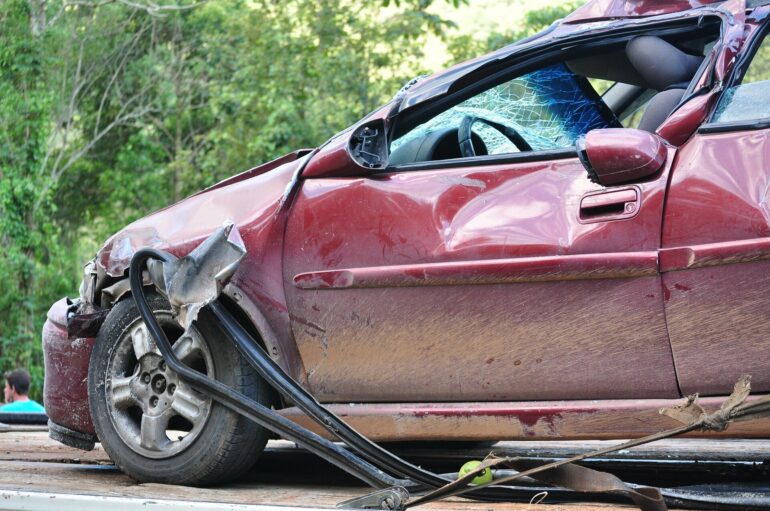When the Cleveland Browns play downtown along Lake Erie, more than 67,000 fans can fill the stadium. Some three hours after kickoff, those tens of thousands of people all have to do the same thing at once—go home.
The crush of cars does more than just snarl downtown traffic. A new study finds that in the hours after Browns home games, car crashes increase by as much as 33% in the area around the stadium. A similar spike in crashes happens following the Cleveland Cavaliers’ basketball games, leading to an overall 20% increase in crashes associated with Cleveland’s professional sports venues after games end.
The data come from the years before Cleveland joined the Vision Zero initiative, a global program intended to eliminate serious injuries and deaths from car crashes. Now knowing that sports venues are a magnet for car crashes after games, cities like Cleveland can target their efforts at reducing crashes—and the associated injuries—in these areas.
Gidon Jakar, a professor of sports management at the University of Florida, led the new study along with Qian He at the University of Maryland and Kiernan Gordon of the University of New England. They published their findings March 15 in the journal Sport Management Review.
“If a fan has a car crash after a game and gets injured, it’s not just the fan that’s affected. It’s their family and friends and work and potentially the family of the people in the other car,” Jakar said. “Now that we see these venues are hotspots, let’s address them.”
Cleveland hosts three professional sports leagues: the MLB’s Guardians, the NFL’s Browns and the NBA’s Cavaliers. Jakar and his co-authors analyzed crash data Cleveland publicized from 2017 to 2019 near these three venues, which are all downtown. They looked for patterns close to the venues in car crashes before, during and after home games compared to away games, which shouldn’t affect the areas around home sports venues.
While accidents spiked after NFL and NBA games, crashes declined slightly during the games. Jakar has seen a similar pattern with crime, which also decreases during professional sporting events. This drop in activity might point to how engrossing the games are for cities, with people off the streets and watching the game, although the true cause is hard to determine.
One obvious potential culprit is alcohol, which flows freely at sports venues. Unfortunately, data on impaired driving citations weren’t available. Still, drinking culture is one way in which venues could step up their responsibility to the safety of their hometowns, Jakar says.
“Although we didn’t have the alcohol data, we know it can’t help. Teams are already involved in designated drivers initiatives. Perhaps they should stop advertising alcohol so heavily as well,” Jakar said. “That gets to this larger issue of responsibility. What is the responsibility of the venues to reduce these negative effects of the home games? How can they encourage responsible behavior after the game?”
Jakar is continuing to research the link between venues and these kinds of unwanted outcomes in other cities. He hopes the data can help cities meet their safety goals by targeting interventions to when and where they are most needed.
“Sports have externalities we need to address. It’s not just the money that is coming in, there are negative effects as well,” Jakar said. “With this knowledge, we can be better prepared from a policy perspective to address these negative effects at the right time and in the right place.”
More information:
Gidon Jakar et al, The temporal and spatial relationships between professional sport events and reported vehicular crashes: an analysis of Cleveland, Ohio, Sport Management Review (2023). DOI: 10.1080/14413523.2022.2163074
Provided by
University of Florida
Citation:
Cleveland Browns fans keep crashing their cars. The data can help cities become safer (2023, March 22)



